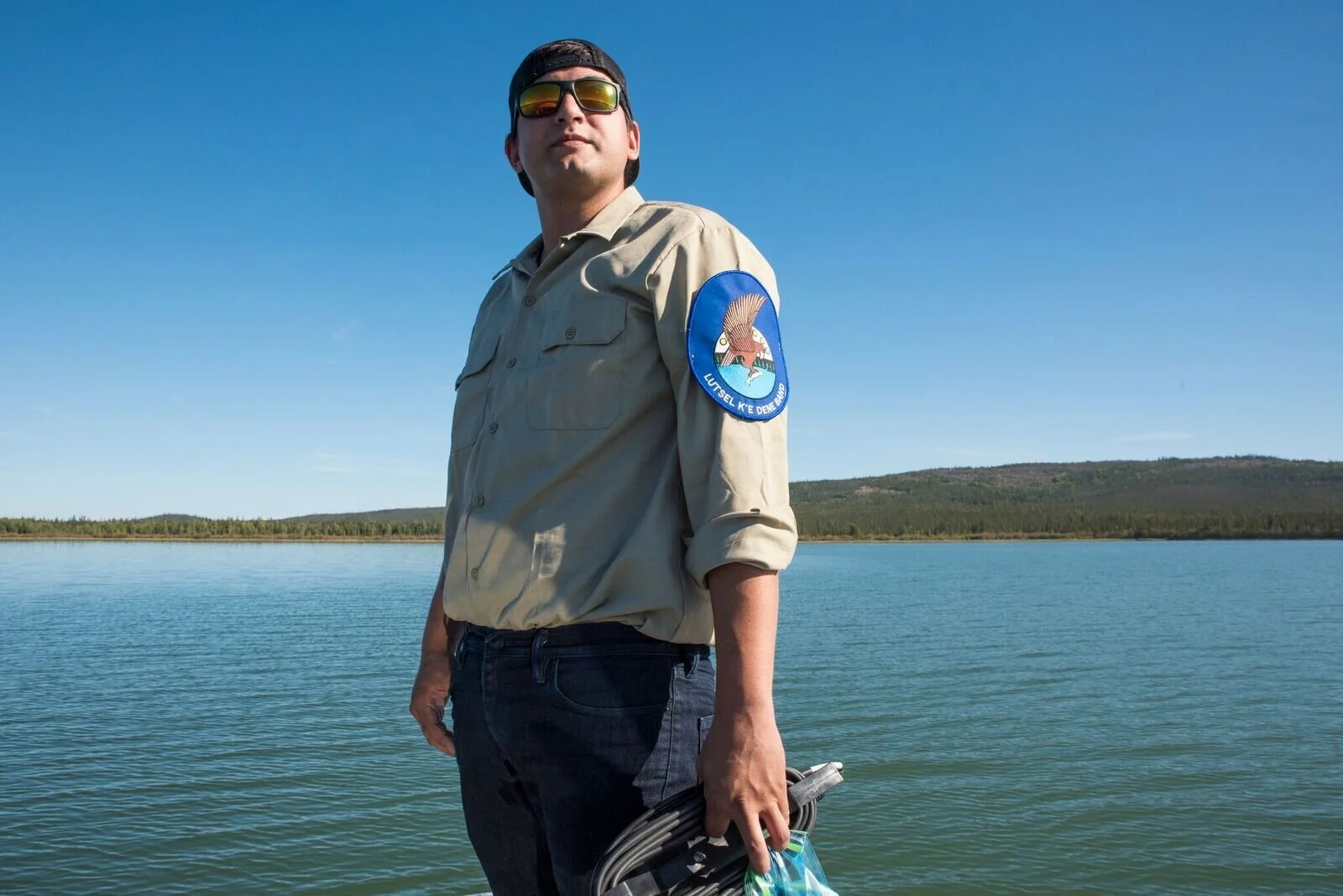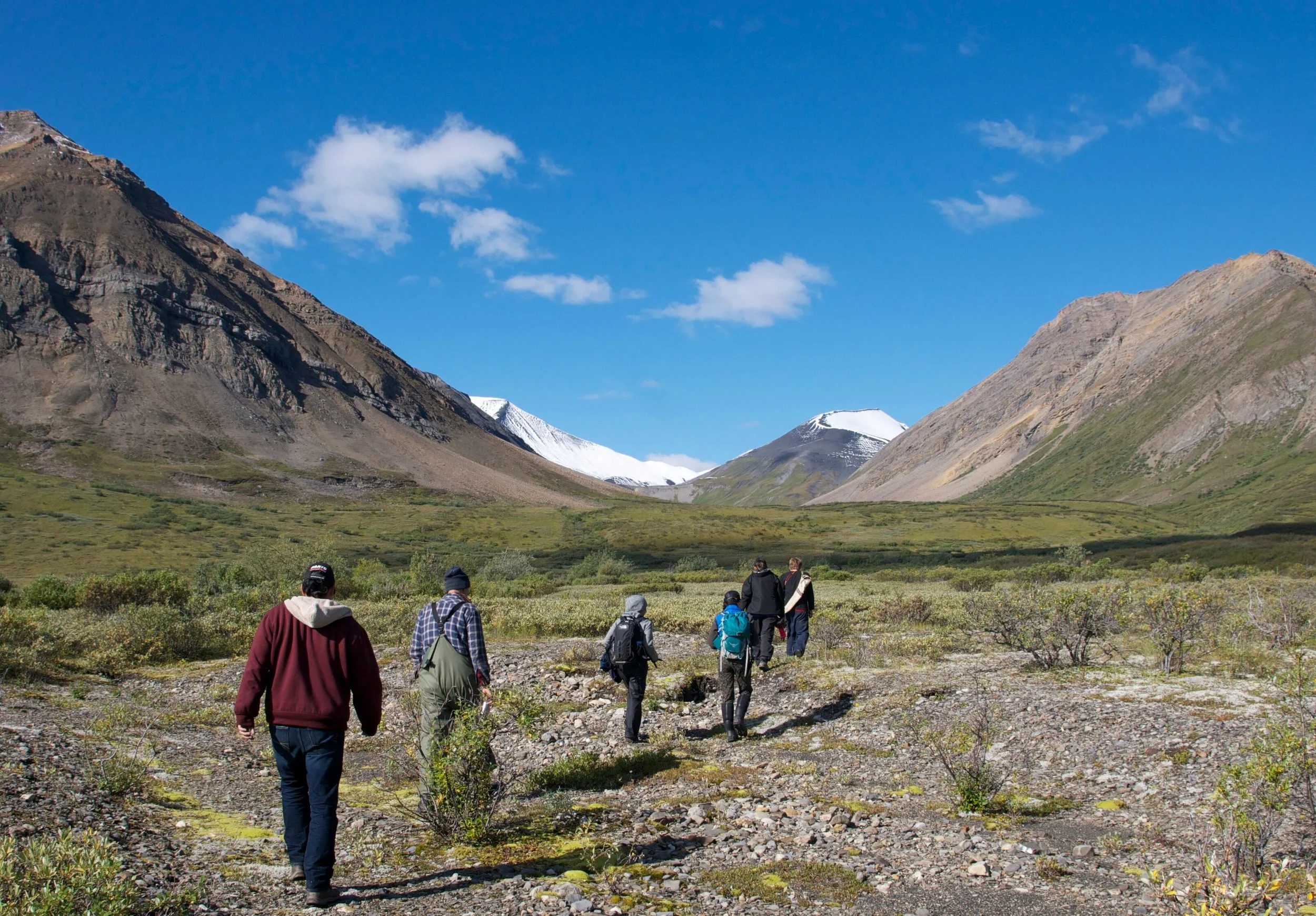Leadership that makes bold commitments to deal with the loss of birds and other biodiversity at the scale needed—like that shown by Canada and other countries and by Indigenous governments—is vital if we are to ensure a healthy and livable planet thriving with birds, wildlife, plants and people.
Read MoreThe report shows that the Seal River Watershed is a critically important breeding and migratory stop-over for huge numbers of waterfowl including lots of the species that people in the U.S. love to see in migration and winter.
Read More“Most Canadians agree Indigenous-led conservation is good for the economy. They see it as an important path forward. The pandemic has caused painful disruption, but it is also an opportunity to make positive change. And many businesses are committed to making change by supporting Indigenous leadership on the land,” said JP Gladu.
Read MoreThe authors show that the most important areas for conservation of biodiversity have major overlap with the most important areas for climate stabilization. This includes the massive carbon banks of the Boreal Forest biome of Canada and Alaska. And there is more good news—many of these globally important places for biodiversity and climate are being conserved by Indigenous governments.
Read MoreThe most striking feature we identified is that the boreal—a continent-wide landscape—is over 80 percent intact. That means it is one of the last opportunities to protect as much habitat as science tells us we need to protect in order to maintain the birds and other wildlife and plants and the ability of the forest to clean the air and water.
Read MoreThe return of birds each summer to their breeding grounds in the boreal is one of the most visible and universally celebrated of those cycles here in the Northern Hemisphere. Right now, billions of birds are raising their young in North America’s Boreal Forest. Their cycle of regeneration inspires hope.
Read More“The public views the post-pandemic recovery as an opportunity for positive change, and they clearly want nature protection and Indigenous-led conservation be a part of our rebuilding of a better Canada."
Read MoreAccording to a new poll, most Canadians view conservation as an important part of economic recovery. And nearly three in four Canadians support federal investment in Indigenous stewardship—including Indigenous Guardians and Indigenous Protected and Conserved Areas—to help create jobs, build prosperity, and meet Canada’s conservation commitments.
Read MoreAlors que les efforts du pays sont axés sur le rétablissement de la santé publique et de l’économie dans le contexte de la COVID-19, la plupart des Canadiens souhaitent toujours que le gouvernement fédéral accorde la priorité à la protection de la nature. De plus, près de trois Canadiens sur quatre appuient l’investissement fédéral dans l’intendance autochtone
Read MoreInvesting in Indigenous stewardship will deliver local and national benefits, now and into the future. It is proven to generate good-paying jobs, spur major purchases from suppliers and provide certainty for industry. At the same time, it is helping Canada meet commitments to conserve nature, address climate change and advance reconciliation.
Read More
As so many of us find ourselves staying at or near home for an extended period, perhaps you can find comfort in watching for or learning about the birds migrating through this spring.
Read More
According to the poll, most Canadians favour making Indigenous-led conservation a central part of Canada’s plan to meet international targets for preserving biodiversity.
Read MoreBillions of these birds are headed to Canada’s Boreal Forest. Sustaining boreal nesting grounds ensures these waves of birds will continue washing over the hemisphere for generations to come.
Read MoreIn the era of climate change, increased pressure for development and mounting extinctions of animal and plant species, we need people on the ground caring for the boreal. In many regions of the forest, this vital work is being done by Indigenous Guardians.
Read MoreThe pressure is on for us to act. Not only is Canada expected to meet our 2020 commitments, but time is also running out for nature itself. Thankfully, Canada has a powerful partner in sustaining biodiversity: Indigenous nations.
Read MoreIt’s hard not to be optimistic when conservation gains of such immense scale have occurred just in one year alone. The coming year has the promise of even more—and bigger—good news.
Read MoreSweeping stretches of the Boreal Forest gained protection this year thanks to the leadership of Indigenous Nations. And the future looks even brighter. As Canada prepares to meet 2020 conservation targets and commit to new goals for 2030, the Indigenous-led proposals advanced this year will set Canada on a path to international leadership.
Read MoreThese are real solutions to averting the worst possible future outlined in the Audubon study for birds and, by extension, for us humans: we breathe the same air, drink the same water, and endure the same temperatures as the birds.
Read MoreThe region where billions of North America’s birds are born remains largely healthy and intact. Every year, 3 to 5 billion birds emerge from Canada’s Boreal Forest. We still have a chance to protect these nesting grounds on a grand scale and give species the best chance of surviving into the future.
Read MoreIt is exciting to see that in Canada’s Boreal Forest region, Indigenous governments are already working hard to do their part to conserve the land and its carbon stores—a vital part of slowing the impacts of climate change as described by the authors of this new IPCC report.
Read More


















